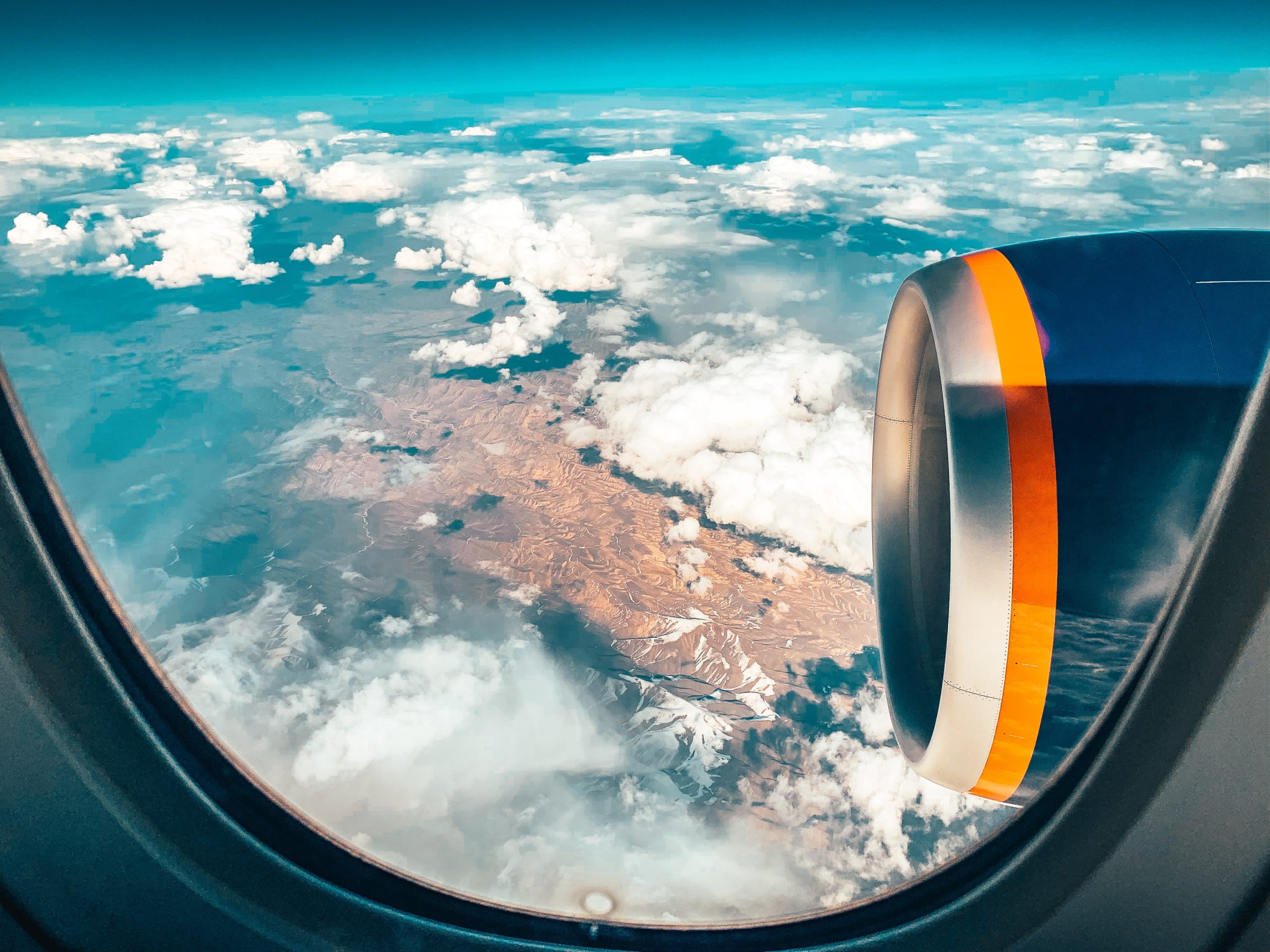The sky is no longer the limit for airlines around the world. Despite a global economic downturn, carriers are pushing the boundaries of what is possible as they soar ever higher on the global stage. From emerging markets to developing technologies, airlines have been able to deftly navigate turbulence to stay afloat and even expand their reach in recent years. This article looks into how airlines have managed to defy gravity and remain successful despite challenging times.
What is the airline industry worth?
The airline industry is worth an estimated $890 billion USD. This figure is based on the value of the world’s airlines, airports, and air traffic control systems. The industry has seen strong growth in recent years, with passenger traffic doubling between 2000 and 2010. Airlines have been able to capitalize on this growth by expanding their fleets and routes, as well as introducing new services such as in-flight entertainment and online check-in.
Despite the global economic downturn, the airline industry has continued to grow. In 2013, global passenger traffic increased by 4.7% compared to the previous year. This growth is expected to continue in 2014, with a projected 5.4% increase in passenger traffic. The strong growth of the airline industry has made it one of the most valuable industries in the world.
How have airlines been able to stay afloat during the pandemic?
The outbreak of COVID-19 has been a big blow to the airline industry. However, airlines have been able to stay afloat during the pandemic by making some changes to their operations.
First of all, many airlines have implemented new health and safety measures to protect passengers and crew members from the virus. They have also introduced flexi-fare options and waived change fees to make travel more affordable for customers. Additionally, airlines have been working closely with government agencies to secure bailouts and other forms of financial assistance.
All these efforts have helped airlines weather the storm and stay afloat during these difficult times.
The global airline industry is expected to make a full recovery by 2023
The global airline industry is expected to make a full recovery by 2023. This is despite the current economic conditions, which have seen a sharp decline in air travel demand. The industry has been able to weather the storm so far, but it faces significant challenges in the years ahead.
The main challenge for airlines will be to restore confidence in the safety of air travel. This was badly shaken by the events of 9/11 and the subsequent wars in Iraq and Afghanistan. The industry has responded well to these challenges, but it needs to do more to convince passengers that flying is safe.
Another challenge for airlines is to deal with the rising cost of fuel. This has been a major problem in recent years, and it is likely to continue to be a challenge in the future. Airlines need to find ways to reduce their fuel costs, or they will not be able to compete on price with other modes of transport.
Finally, airlines need to adapt to the changing nature of air travel demand. In particular, they need to cater for the growing number of passengers who are flying for leisure rather than business purposes. This requires a different approach to marketing and customer service, and it presents a challenge for airlines that have traditionally been geared towards business travellers.
The top 5 airlines in the world
In an industry as competitive as air travel, it’s a feat for any airline to be considered one of the best. These five airlines have not only withstood the test of time, but they’ve also continued to innovate and provide an exceptional experience for their passengers.
1. Emirates
Emirates has consistently been ranked as one of the top airlines in the world and it’s easy to see why. The Dubai-based carrier offers an incredible level of luxury and service, whether you’re flying first class or economy. With a modern fleet of aircraft and a global network that spans six continents, Emirates is a truly world-class airline.
2. Singapore Airlines
Singapore Airlines is another long-standing favourite among travellers. The airline is renowned for its impeccable service, luxurious cabins, and delicious cuisine. It’s also a great choice if you’re looking for an airline with excellent inflight entertainment options.
3. Qatar Airways
Qatar Airways has rapidly become one of the leading airlines in the world thanks to its excellent service and modern fleet of aircraft. The Doha-based carrier offers flights to more than 150 destinations worldwide, making it a great choice for international travel.
4. Cathay Pacific Airways
Cathay Pacific is Hong Kong’s flag carrier and one of Asia’s leading airlines. The airline offers a superb inflight experience with comfortable seats, great food, and plenty of inflight entertainment options. Cathay Pacific
Why flying is still the safest mode of transportation
Flying is still the safest mode of transportation because it is the most heavily regulated form of travel. Airlines are required to meet stringent safety standards, and they are constantly monitored by government agencies and independent organizations. Furthermore, pilots undergo extensive training and are subject to regular fitness and proficiency checks. As a result, flying is one of the most regulated activities in the world, and accidents are rare.
In addition, advances in technology have made flying even safer. Modern aircraft are equipped with sophisticated navigation and communication systems that help pilots avoid bad weather and other hazards. And in the unlikely event of an accident, new safety features like seat belts, airbags, and reinforced cabin walls help protect passengers.
So while economic troubles may be grounding some airlines, there’s no reason to fear flying. It remains the safest way to travel.
Conclusion
As the world continues to experience economic upheaval, it is refreshing to see how the airline industry has remained resilient. Despite a wealth of challenges, airlines have not only managed to keep their heads above water but they have also continued providing invaluable services for passengers around the globe. In this regard, we can take heart that even in times of hardship and uncertainty, there are some sectors which continue to defy gravity by staying afloat and succeeding against all odds.











